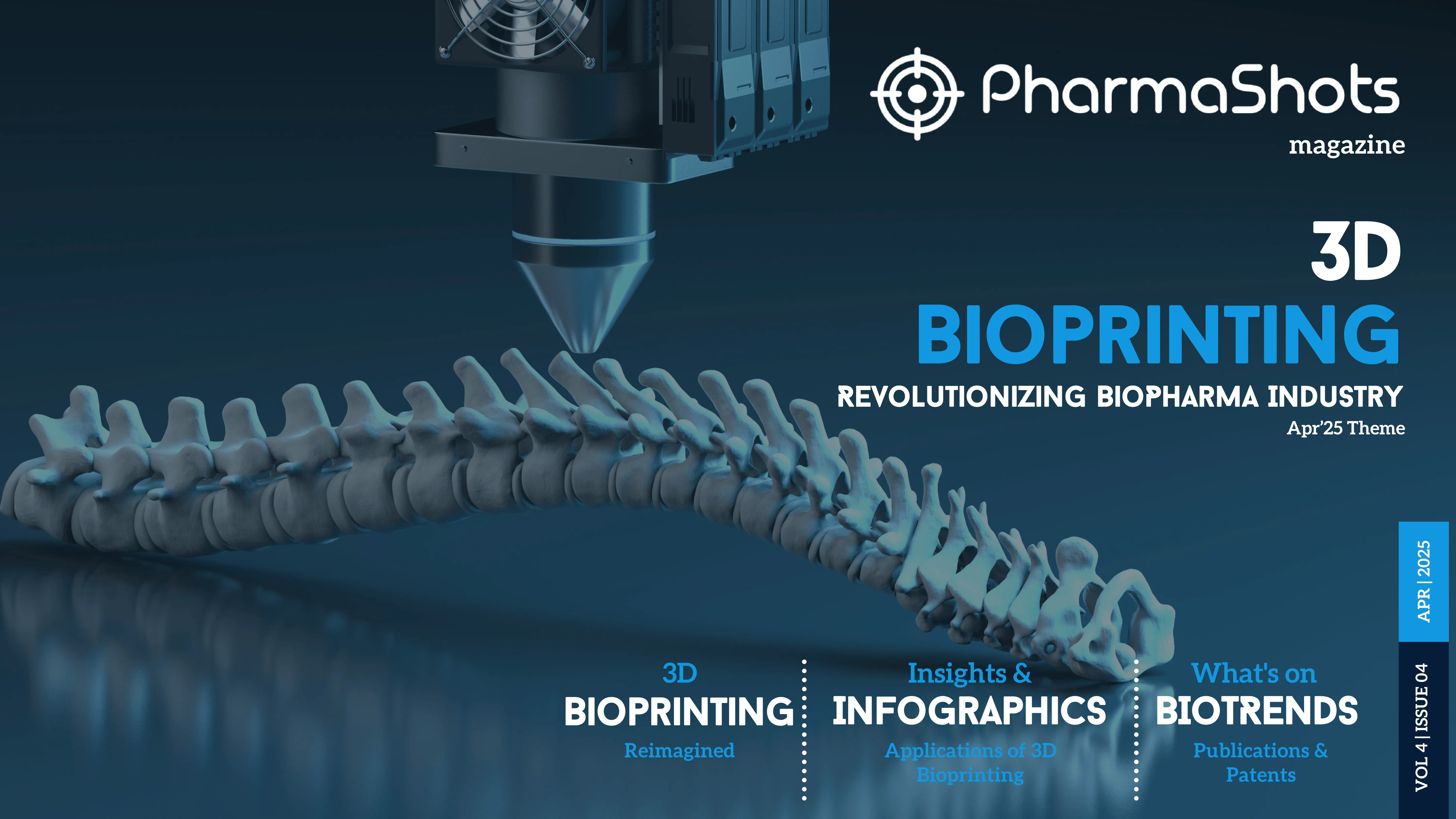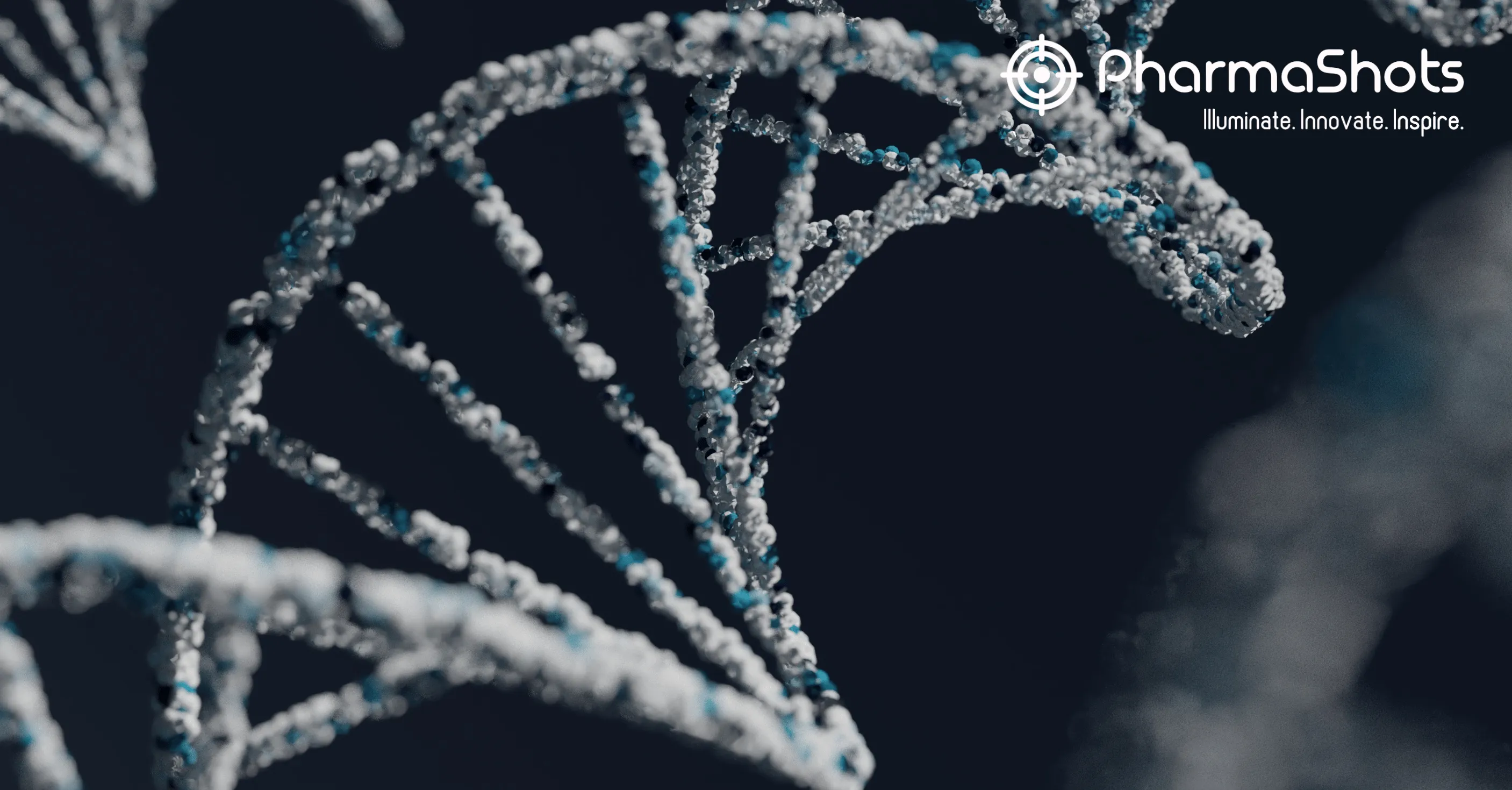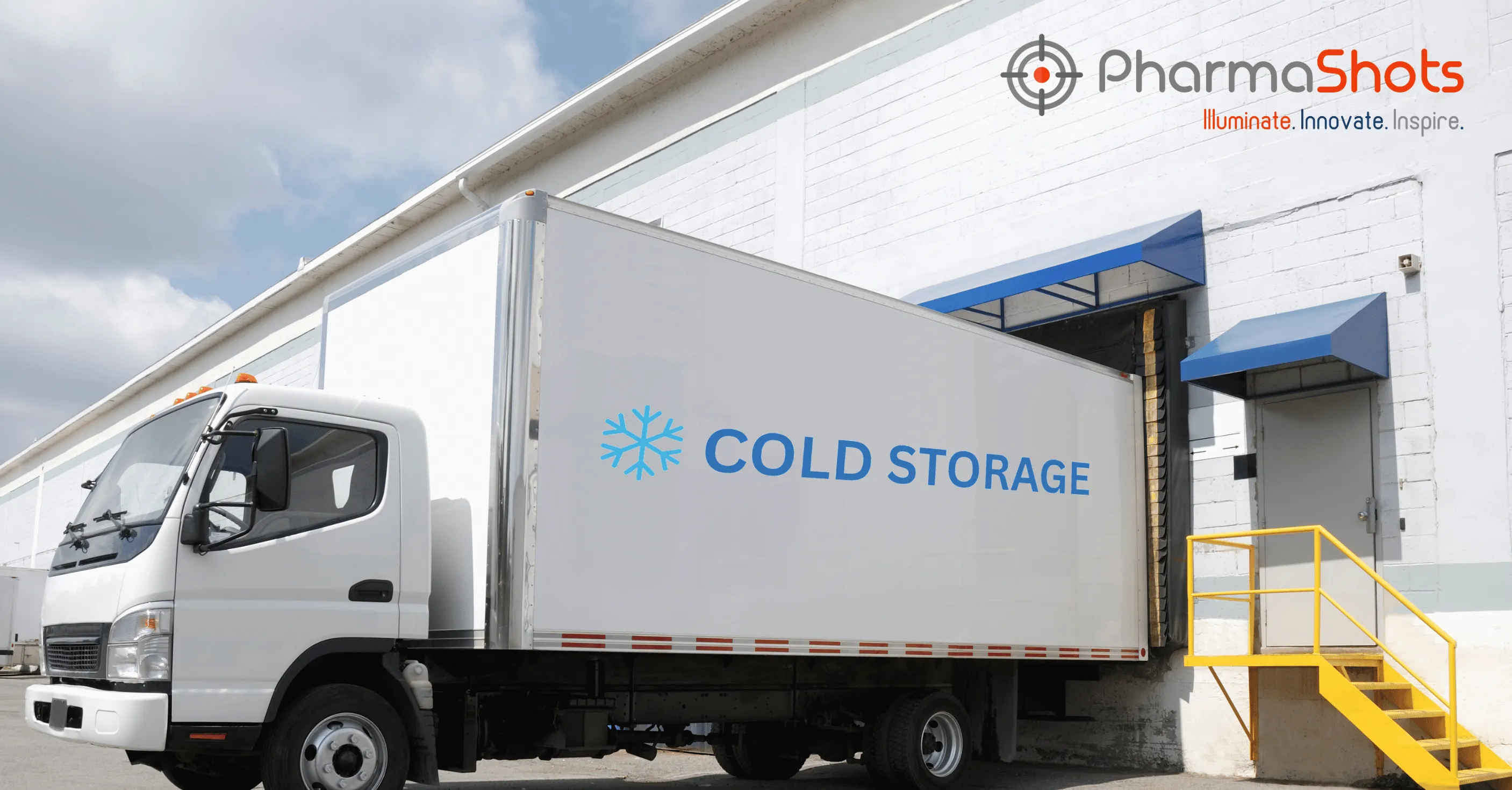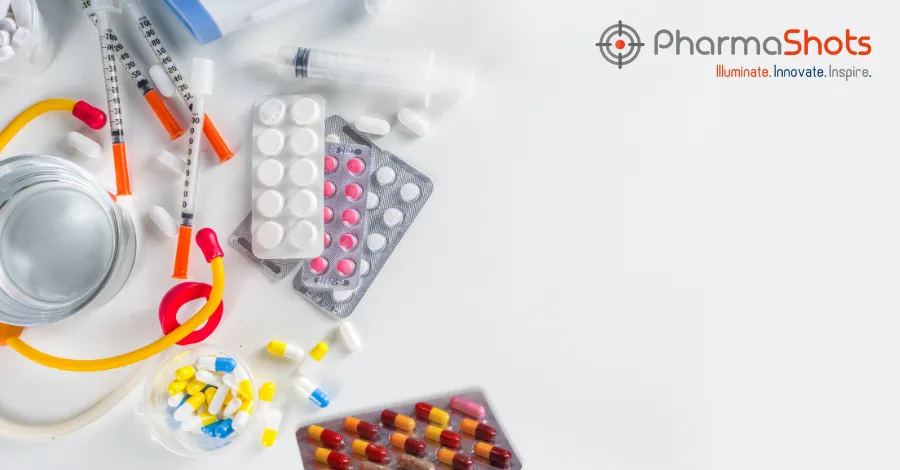
Revised approach for First Aid during and after the Catastrophic Pandemic Safe and Saving
The SARS CoV-2 or COVID-19 pandemic has changed human life permanently. Hence, a few critical areas need revisiting in light of these changes to set a 'new normal' for them. One of such areas is first aid. Correctly given first aid helps the victim of an emergency episode of a disease or an accident prevents damage and thereby disabilities and often saves a life. While the post-pandemic world changes social behaviour, diseases and emergencies continue to influence human life in the same way. In fact, with fewer visits to the hospital and significant healthcare resource consumed by the pandemic, the need for first aid is enhanced. However, the nature of infection of SARS CoV-2 requires to revisit the first aid practice to ensure the safety of both, the rescuer and the victim.
There are multiple advisories and instructions issued by authorities on this matter, including National Safety Council of America, American Red Cross, St. John Ambulance, St. Andrew First aid, European Resuscitation Council, etc. On the other side, there is a debate about whether CPR is safe during the SARS CoV-2 global outbreak, also known as COVID 19 Pandemic. However, most of these literature focuses on Cardiopulmonary resuscitation (CPR) and a few on psychological first aid, which may not be enough in the current situation of a highly spreading contagion.
Hence, this article discusses top 10 changes in the first aid practice in the local context.
1 Be more prepared
1.1 Keep yourself informed and updated
SARS CoV2 infection and multiple unidentified risks, which the authorities are publishing from time to time. A first aider must remain updated about risks, treatment, first aid approach, advisory and instructions by referring to websites and news feed. In addition to the national emergency helpline numbers, there may be some helplines for COVID-19. One important aspect that may go unnoticed changes in emergency contacts.
1.2 Carry and use Personal Protection Equipment (PPE) where possible
A First aider is at a high risk of exposure to coronavirus infection. Hence, it is important to use PPE. However, if PPE is not available, it is advised to use full sleeves apron or an additional over cloth (like a shirt or jacket over already worn clothes).
1.3 Carry extra gloves, extra mask, fluid resistance Mask/towel
A first aider willing to serve during the pandemic situation should try to carry multiple PPE. At least, should carry multiple gloves and masks, especially fluid resistant masks or clothes.
1.4 Use disinfectant spray, a spray of disinfectant mouthwash
Disinfection is the key of prevention of coronavirus infection. Hence, even for personal hygiene use of sanitation production is strongly recommended. Hence, along with hand sanitizers, it is important for first aiders to carry and use spray sanitizers and the mouth sanitizers.
2 Changes in First aid infrastructure and equipment availability
2.1 Changes in the composition of the first aid box in vehicles etc.
A new first aid box must include some additional material beyond the routine equipment and materials. These new additions are PPE Kit, Masks (minimum 2), Gloves (minimum 4 pairs), face shields, disinfectant spray, mouth disinfectant, sealable bag, fluid-resistant clothes and plastic sheets, women-sanitary pad or absorbent diapers and bag valve mask breather. In addition, it is advised to keep touchless thermometer and SPO2 sensor in the First Aid box.
2.2 Oxygen cylinders to be made available at all establishments like ATM, Bank, community places
Like the fire extinguishers are placed in all notified places such as banks, vehicles running on gas, ATM rooms, community centres, offices, there must be a provision of placing oxygen cylinders with disposable masks.
2.3 AED or mechanical CPR equipment to be available in public places
For Cardiac Arrest AED is an important therapy. However, there is some level of risk attached to it.
3 Reframe risk assessment
The lay rescuer / trained non-medical first aiders are usually the first level persons to reach the casualty. Hence, the first aider must suspect every case as a SARS (Corona infections of all types) case unless confirmed otherwise. The first change is to start with an assessment of the level of COVID Risk of the area. Applications like google maps are useful often. Some countries practice placing signage to indicate risk zones. In addition, the pandemic calls for a multilevel additional assessment to check for COVID-19. Especially, the first aider must assess the risks of cross-contamination, like if there are somebody discharges around or on clothes of the casualty including spits, sputum, saliva, blood, vomitus etc.
In addition to risks also need to check for resources like first aid box, resuscitation machines, oxygen cylinder etc. Their appropriate use will help maintain safety.
4 Unlearn and Relearn First Aid skills
First aiders are traditionally trained to assess surrounding, casualty etc. However, SARS COV2 is a contact-spread infection. Hence, the first-aiders need to avoid a few important first aid techniques consciously, that deemed the best suite before set up of the pandemic.
4.1 Staying Safe while giving first aid during the pandemic
While we discussed multiple changes so far, there are several personal responses, which are important to remember and execute at all times. Few of them are a repetition of what is stated already
1. Tell the crowd to maintain social distancing or to completely disperse. Use enough protection. If there is PPE kit, use, if not, use apron, overcoat or plastic sheet to cover the first aider
2. Minimize provider exposure, Do not touch a wound or any of the body fluids, exposed dressings, pads, etc. Also, do not touch anything that is meant to touch patients sensitive areas esp. face, wounds, etc.
3. Sanitize hands and face of rescuer and first aider before checking for eyes, tongue, and breathing Disinfect immediately before and after the procedure
4.2 Changes in the casualty assessment and response
1. Do not touch any part and surroundings of a casualty with bare hands.
2. Do not check to breathe by placing an ear near the nose to avoid close proximity. Instead, use trusted mobile apps to monitor vitals like SPO2, Blood pressure, Heart rate, and respiratory rate, except when cardiac arrest is suspected.
3. Use of Sylvester (Fig.1), Holgar - Nelson method (Fig.2), Schafer's method (Fig.3), where possible than using mouth to mouth or mouth to nose ventilation except for cardiac arrest.
Fig.1: Sylvester (source: alamy.com)
Fig.2: Holgar - Nelson method (source: jaypeedigital.com)
Fig.3: Schafer's method (source: flickr.com)
4. In case of conditions like epileptic seizures, cover the patient's body first before holding the limbs or provide disposable soft support to avoid injury. In both these conditions, avoiding exposure to anybody's fluids is extremely important.
4.3 Differences in methods of carrying
Usually, when a first aider carries a casualty, in any position (fireman's lift or back-mount) carrier's face is exposed to risk. Hence, it is important to over the casualty correctly with a fluid resistant clothes or plastic sheets etc. and use face shield to minimize exposure. In two or more persons carry (stretcher, fore and aft etc.) the risk to carrier is relatively less. However, in this case, for security of the casualty from exposure to external droplets, it is important to cover the casualty properly.
5. Safe Disposal of all exposed material
Safe disposal of all exposed material is now a part of first aid. While earlier it was fair to dispose the bio-waste into safe trash, now the definition has included many critical aspects All exposed material and not just bio-waste, including PPE, Masks, kit materials like cotton, dressing, overclothing must be removed immediately after first aid, disinfected, and store in a sealed disposable bag before handing them over to biohazard disposal team. No material to be left unattended even after disinfection. The clothing must be laundered immediately if possible. The area of the casualty must be correctly disinfected after removal of the casualty.
6. Safe Cardiopulmonary Resuscitation (CPR)
6.1 Hands-only CPR continuous compressions at a rate of at least 100120 min
Hands-only CPR is chest compression at a rate of 100 - 120 chest compressions per minute with inspection of the airway and as needed extension of the neck every minute. The C-A-B steps should be followed as otherwise, but Mouth to mouth ventilation to be avoided unless extremely necessary. Sylvester method may be used instead of mouth-to-mouth / nose ventilation.
6.2 Use water absorbent, fluid-resistant mask
If mouth-to-mouth respiration is inevitable, water-absorbent, fluid-resistant mask or cloth in multiple folds for both rescuer as well as for the casualty must be used. The mouth and face of both the rescuer and the casualty must be sanitized with spray disinfectant.
7. Safe Road management of accidents, injury, wound, and blood handling
7.1 Care of wounds and bleeding
First aid for bleeding continues in the same hierarchy with elevation with direct pressure, pressure points and tunicates as first, second and third line of treatment. However, it is important to continue keeping complete aseptic precautions while handling the wound. No wound should be touched with open hands. There should not be any pre-exposed dressing for the wounds including open fractures. All rescuers must wear mask and gloves at all times and all other persons must stand at least 2 meters away from the casualty. The safe disposal and post-removal sanitation must be practised.
7.2 Care for Close fractures
There is no difference in handling the close fractures. However, the sanitation and safe disposal with social distancing must be practised.
7.3 Other bleeding
For visible / diagnosed internal bleeding ice-cold water bath or ice-pack must be applied in as condition. In case of vomiting of blood, the patient should be given ice-cold water to drink. In vaginal bleeding, the patient should be given a comfortable sitting position with a pad. However, the most important aspect is anything that is provided to the patient, must be sanitized at all levels and all the immediate handlers must sanitize their hands well. All the discharges must be well disinfected as soon as possible.
8 Safe first aid for respiratory conditions
Fig 3: flickr.com
8.1 Infectious and acute respiratory conditions
In case of acute respiratory conditions, risk if SARS COV-2 is the highest. Hence, the patient must be asked to wear a double mask, face shield and disinfect his clothes, hands and face. The rescuer must wear PPE before handling the patient. If there is breathlessness, the patient must be made to sit on a chair with the head rested on the back with extension. If an oxygen cylinder is available, the patient must be given oxygen to breathe. COVID 19 helpline must be immediately called for further help. The rescuer must follow the diagnosis of the patient. If the patient is tested positive or is a suspect of coronavirus infection, the rescuer must go for isolation and testing.
8.2 Acute Exacerbation of Asthma
In case of acute exacerbation of asthma, the patient should be given moral support, with some instructions from the social distance, unless the patient looks to have an emergency need. In emergency need, the patient should be given bronchodilator and comfortable position with moral support. All the procedure must be with minimum PPE (Gloves, mast and face shield) and after handling the patient and his belonging, hands must be sanitized with change of gloves.
9 Safe First Aid in shock, stroke, heart attack
First aid approach for critical conditions like shock, stroke and Heart attack is changed to include disinfection and PPE use and social distancing before the start of the first aid. While all these three are an emergency situation, all three are extremely susceptible to infection of SARS CoV-2 Infection. Hence, the patient requires more than usual care to avoid cross-contamination. Hence, the first most important step (maybe even before the first aider prepares with PPE, the crowd must be pushed back more than 3 meters and with the help of a reliable assistant (family member, PPE / safety gear wearing security guard or a person from forces etc.) the area around must be disinfected).
9.1 Changes in shock first aid approach
1. While giving the heal-low position to the patient, place a clean paper / plastic sheet under to avoid contamination from down.
2. While loosening the clothes, start immediately after sanitizing hands. Follow sequence Face, Head, chest, waist, feet.
3. While providing a patient with a warm cover, use a fresh disposable sheet below the cover and disinfect the warm cover with a spray disinfectant
4. Rest head tilted on the side on an absorbent pad (sanitary pad in women hygiene or absorbent diaper is the best)
9.2 Changes in the approach for stroke first aid
1. If there is any active bleeding, vomiting, plasma or nasal discharge, wipe it only with the absorbent pad or fresh absorbent cotton.
2. If CPR is needed, use low pressure oxygen or bag valve mask breather instead of other artificial method. If heart function is normal and the patient can be laid down, use chest compressions for breathing. Avoid moving limbs, especially if they are week.
3. Do not give anything including blood pressure-lowering drugs orally. Rather reach the nearest medical centre
9.3 Changes in approach for heart attack first aid
1. The first aid for heart attack remains grossly the same, with a few precautions to avoid cross-infection.
2. There is a high possibility that the low oxygen saturation mimics symptoms of a heart attack. Hence, it is important to have all safety precautions
10 Psychological first aid
Psychological first aid is an emerging technique, which has immense importance in the current pandemic situation. There is an increasing number of psychological casualties due to fear, anxiety, or depression due to many reasons including loss of wedges, increasing incidence of stress-related complex, etc. There is a good informative article by George S. Everly, Jr. on this topic. That must be read and comprehended. A solution like a digital pet could be a good option.
References:
[i] First Aid Technical Bulletins
[ii] Coronavirus (COVID-19): Prevention & Safety Information for Students
[iii] Covid-19: advice for first aiders
[iv] How to Perform CPR During the Coronavirus crisis
[v] European Resuscitation Council COVID-19 Guidelines
[vii] Exploring new frontiers in mental health care with digital technologies
Related Post: PharmaShots ViewPoints: The New Normal and Covid-19 Vaccine Development
Tags

Dr. Ashish Indani is a qualified physician with an MBA in Clinical Trial Management and MIRCS (Research Methodology) and is working as a Sr. Manager Clinical affairs, at Stryker. With a vast experience of more than 20 years in the domain of clinical research, Dr. Indani is an expert on medical devices. He has authored many publications and books on diverse subjects, primarily medical devices, clinical research methodology, different therapeutic areas, an ancient Indian Vedic literature.














